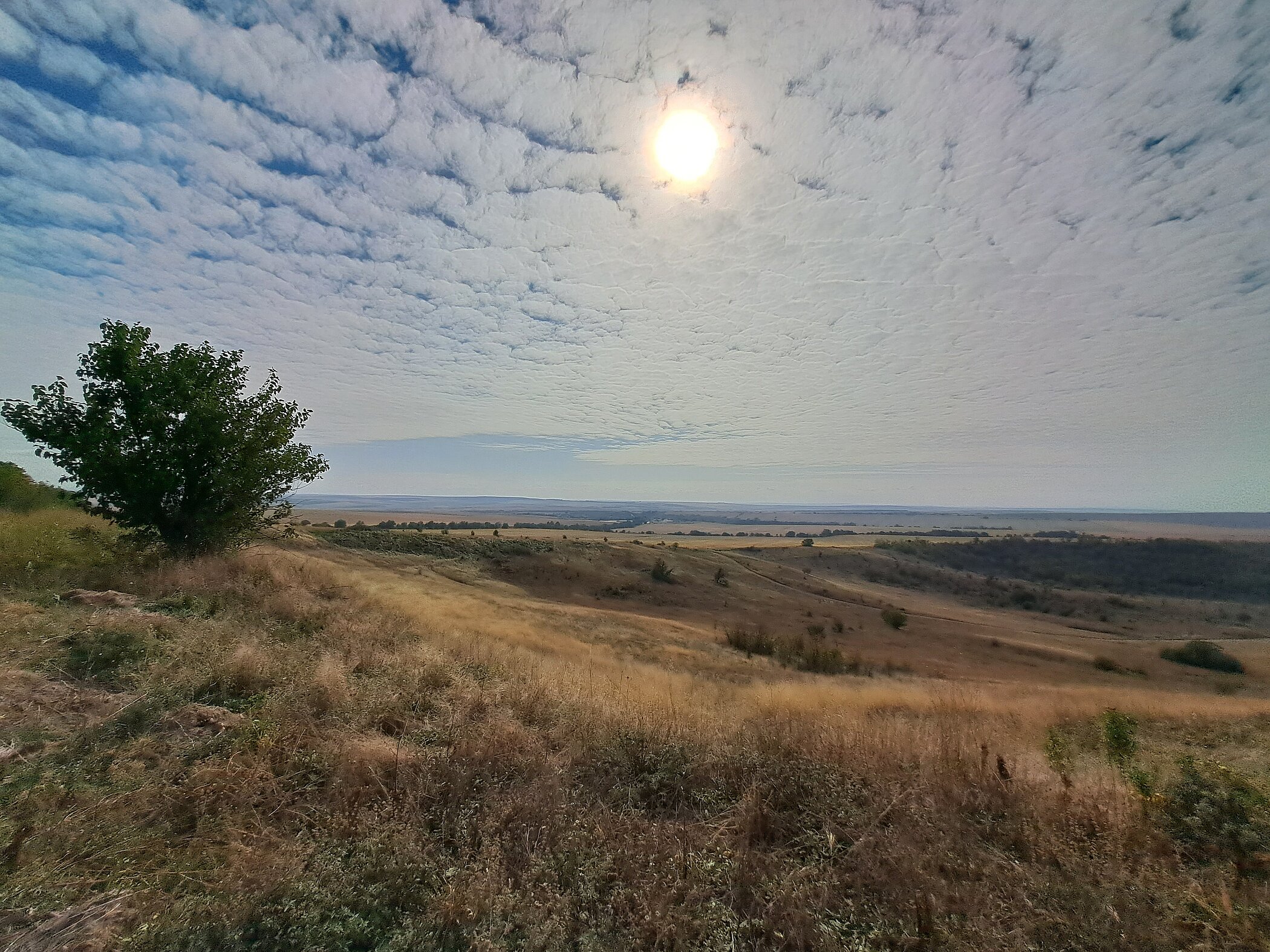Roman Regional Pottery Supply Systems between the Stara Planina and the Danube (Bulgaria)
The project explores the economic relationship between the Roman pottery production sites of Varbovski Livadi, Pavlikeni, Butovo, and Hotnitsa with the urban settlements of Nicopolis ad Istrum and Novae and selected rural sites. The aim is to reconstruct the production and transport networks between the Stara Planina and the Danube (Bulgaria, oblast Veliko Tarnovo) in the 2nd-3rd centuries AD using ceramic provenance studies and spatial analysis tools.
Initial situation
The project aims to reconstruct the functioning of economic networks in a specific area of interest in present-day northern Bulgaria (Roman provinces of Moesia Inferior and Thracia) in the 2nd and 3rd century AD through the lens of pottery production, transport, and consumption. The area of interest stretches from the Balkan Mountains (Stara Planina) in the south to the Danube in the north and is bordered by river valleys in the west (Osam) and east (Yantra). During the Roman Principate, two important settlement centres were located in this AoI: the Trajan civilian foundation of Nicopolis ad Istrum on the northern foothills of the Stara Planina and the legionary site of Novae on the Danube, which is attested from the middle of the 1st century AD on and developed into one of the largest urban settlements in Moesia in the course of the 2nd century AD. Moreover, the territory of Nicopolis ad Istrum incorporated several large-scale pottery production sites at Varbovski Livadi, Pavlikeni, Butovo, and Hotnitsa. These production sites are believed to have acted as the main supplier of ceramic goods for the entire region between the Stara Planina and the Danube; the detailed characteristics and modes of production, transport, and supply systems has not been investigated on an encompassing level thus far.
Question/methodology
This project now offers promising possibilities for a more detailed characterisation of the commodities of the production sites and the regional trade systems. The main questions of the project relate to (1) the provenance of selected pottery finds from 10 sites throughout the AoI (production sites, urban sites, rural sites in the hinterland) and (2) the existing transport routes (river/road) and their correlation with rural settlement in the hinterland of Nicopolis ad Istrum and Novae as well as along the Jantra and Osam valleys.
Accordingly, pottery from selected find contexts is analysed to establish a reference database. Raw material samples and pottery samples are further investigated in thin section (petrography); and NAA (Neutron Activation Analysis) is conducted in order to achieve a geochemical fingerprinting base for the production sites, which facilitates the correlation of pottery finds at urban and rural sites throughout the AoI and the production sites.
Furthermore, fluvial data on flow velocities, water levels and seasonality as well as archaeological data about the identified road sections and their associated infrastructure are included in cost-distance analyses of different transport route scenarios.
Synthesis/Objectives
Based on considerations of current economic theory within Roman archaeology, the results from these enquiries and analyses are combined to form an overall picture of the pottery supply systems and economic networks as well as the relationship between urban and rural settlement in the AoI.
Principal investigator
Team
Cooperations
- National Archaeological Institute with Museum, Bulgarian Academy of Sciences (NAIM-BAS)
- Agnieszka Tomas (Faculty of Archaeology, University of Warsaw)
- Johannes Sterba (TU Wien, Atominstitut)
- Marin Marinov (Museum of History, Svishtov)
- Kalin Chakarov (Regional History Museum, Veliko Tarnovo)
Duration
10/2022–09/2025
Funding
FWF ESPRIT-Programme, ESP128-G

